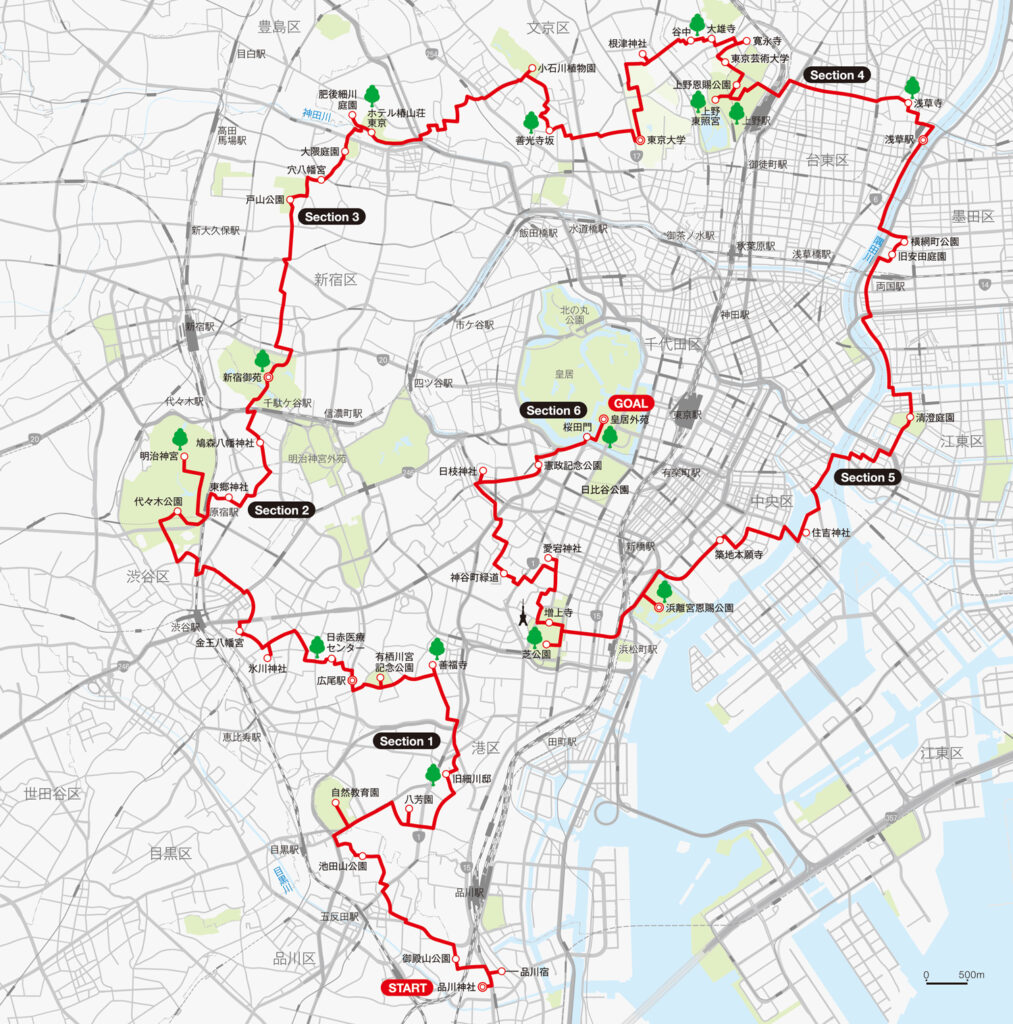A blend of shitamachi ambience with the fragrance of culture
We bid farewell to the vestiges of samurai mansions from the Edo period (1603–1868) and make our way to the Yanaka, Nezu, and Sendagi neighborhoods known collectively as Yanesen. Tokyo is traditionally divided into two areas. Section 3 of TTT, up to around Koishikawa, was the aristocratic samurai’s yamanote area. Section 4, east of Hongo, is the merchants’ and artisans’ shitamachi area. The epitome of shitamachi is Nezu, which flourished around the Nezu Jinja Shrine. Zoning rules from the Edo period endured in the narrow alleys lined with commoners’ old wooden houses, further nurturing a unique shitamachi culture. This attracted modern literary greats from the Meiji period (1868–1912). Natsume Soseki and Mori Ogai are just two of the area’s celebrated residents.
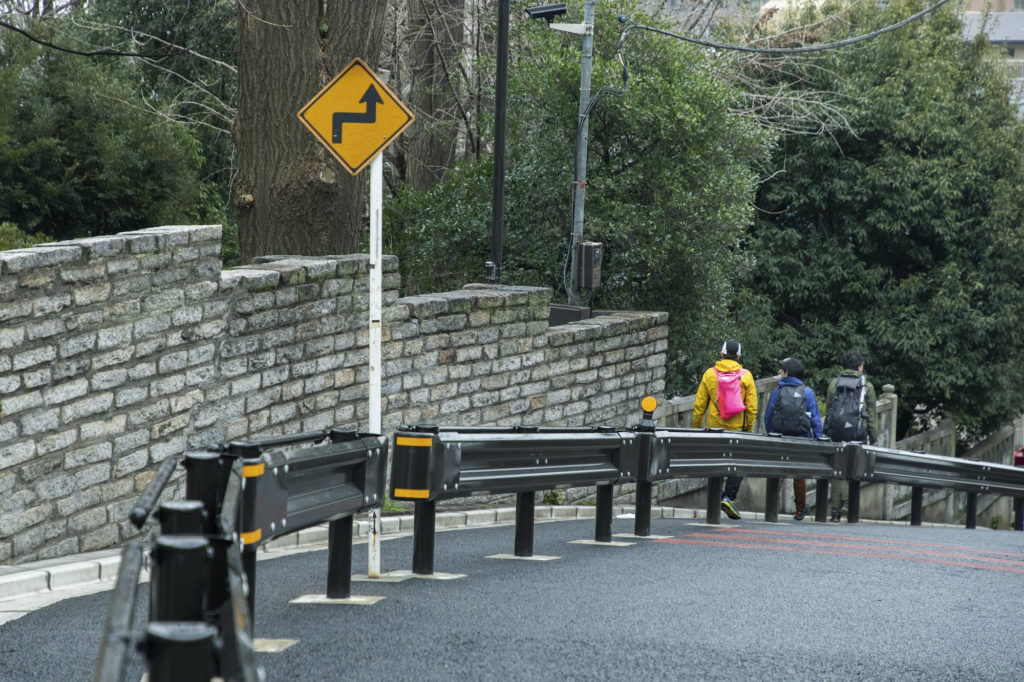
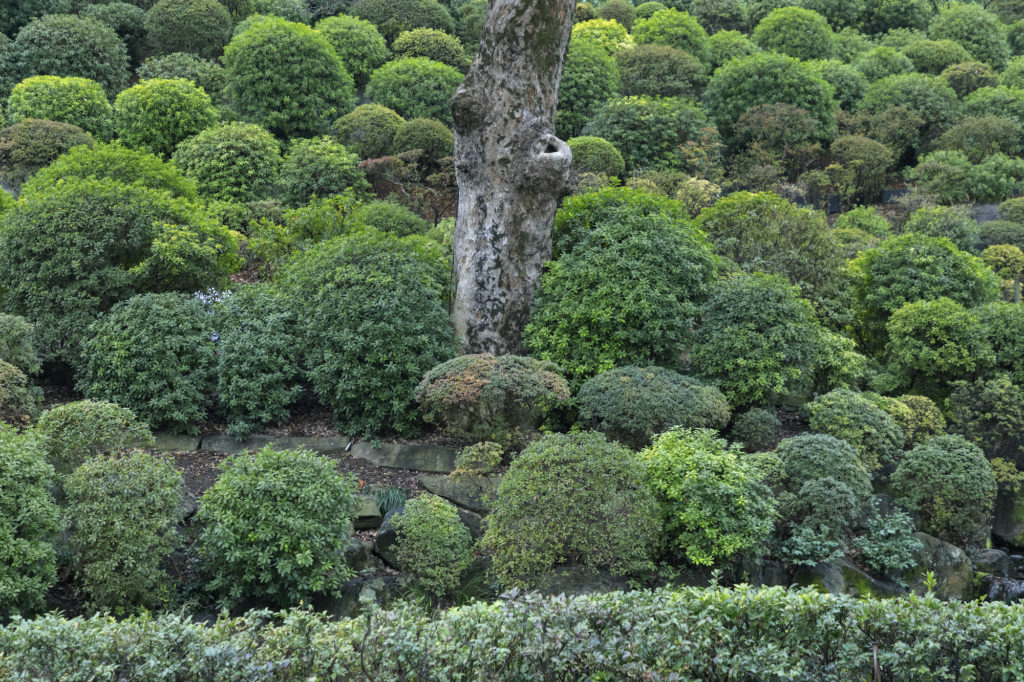
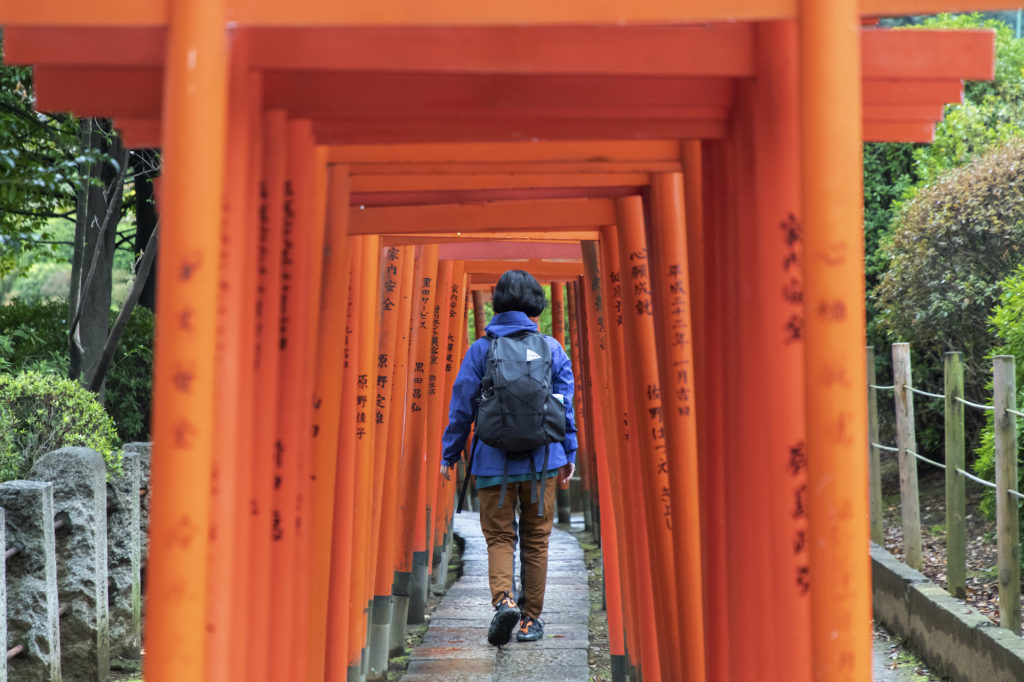
Here, we appreciate the ordinary trees adorning the alleys of the cozy residential area. All sorts of trees are planted in pots before every house and store. What’s remarkable is that these plants form a caring connection between residents. One-hundred years ago this Himalayan cedar that serves as the symbol of Yanaka was also growing in a small pot. Planted by the founding proprietor of Mikado Bakery, nurtured and cherished by subsequent generations, this small Himalayan cedar has grown into the magnificent 20-meter-tall tree we see today.
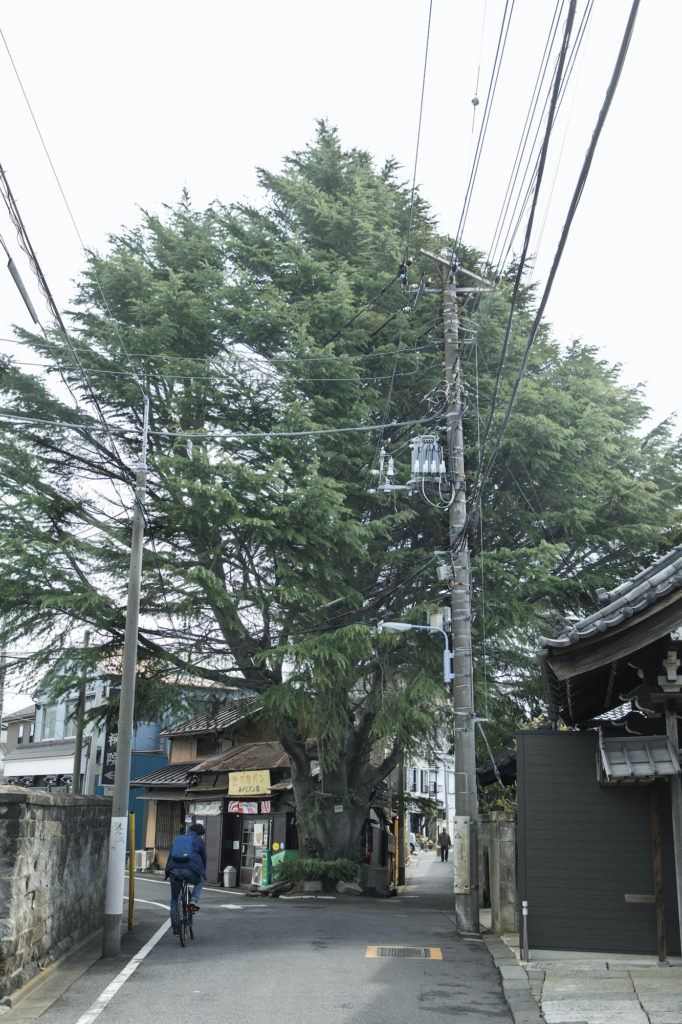
We say goodbye to the Himalayan cedar and head for Ueno Park. The cityscape transitions from nostalgic shitamachi to a blend of nature and culture as we enter Ueno Cultural Park. In the Meiji period, one cultural facility was built after another, and the area developed into the hub of Japan’s modernization. A witness to this history is the sacred giant camphor tree at Ueno Toshogu Shrine. Wild raccoon dogs live in the trunk of this camphor estimated to be 600 years old. Word has it that the tree was already standing here when the shrine was rebuilt in 1651. After an amazing six centuries, this vital survivor of air raids and earthquakes extends its branches to us now, in this moment, sheltering us from our concerns and worries.
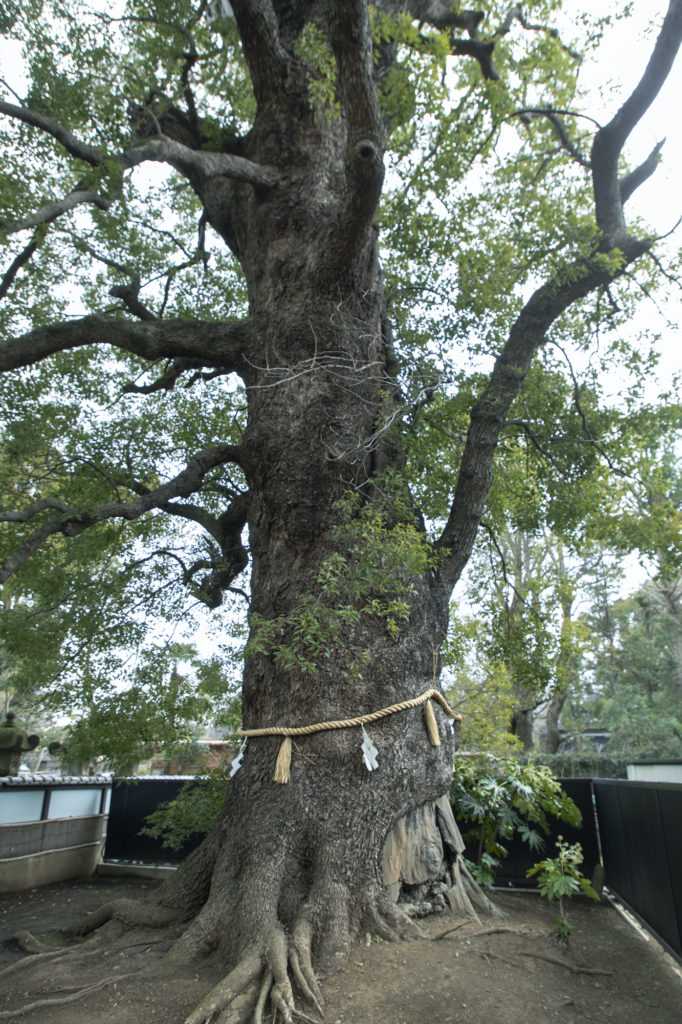
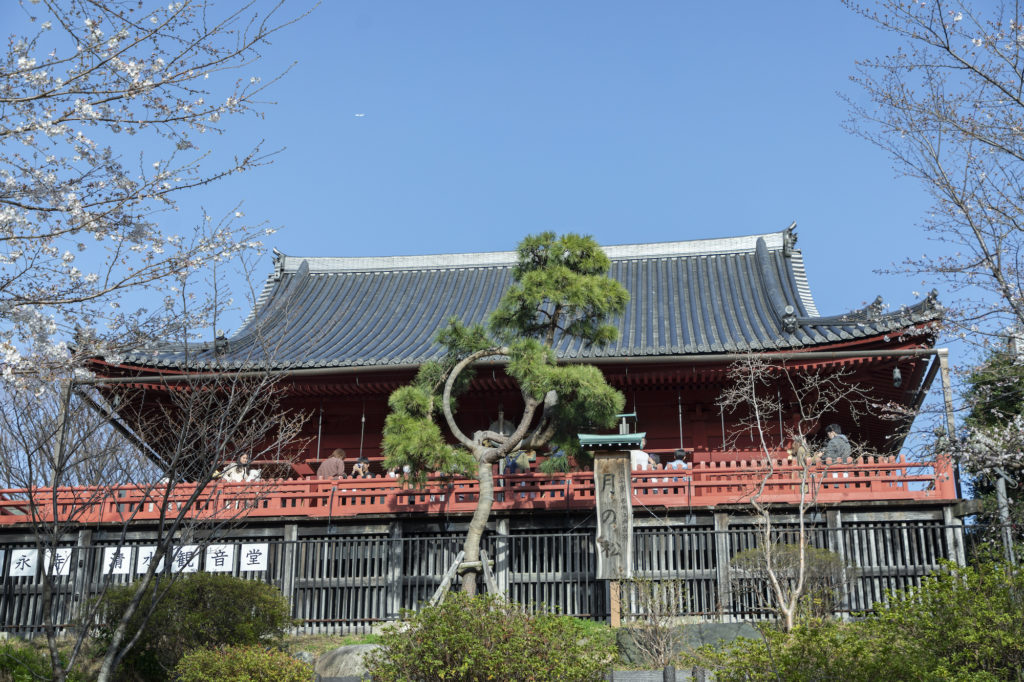
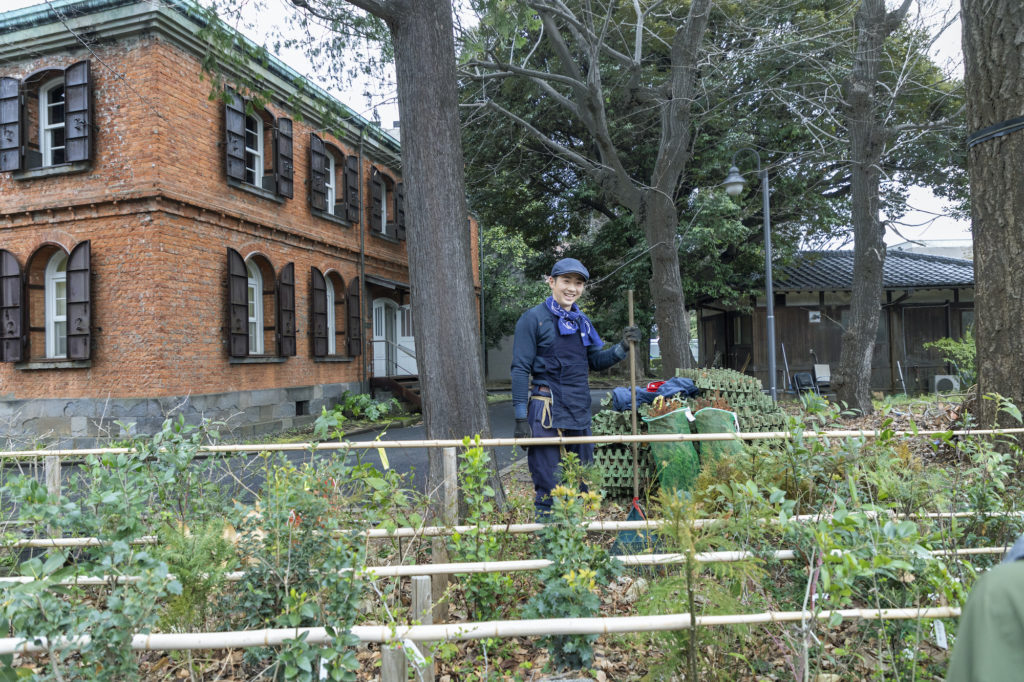
■Tree Spot
• Nezu Jinja Shrine
• Himalayan cedar of Yanaka
• Choshozan Daioji Temple
• Toeizan Kan’ei-ji Temple
• Tokyo University of the Arts
• Ueno Park
• Ueno Toshogu Shrine
PAPERSKY has created a 60km trail that connects trees in Tokyo. This original route starts from Shinagawa-juku (Kita-Shinagawa), which welcomed travelers as the gateway to Edo (old name for Tokyo), and winds around in a clockwise direction to the Imperial Palace, where Edo Castle once stood.
